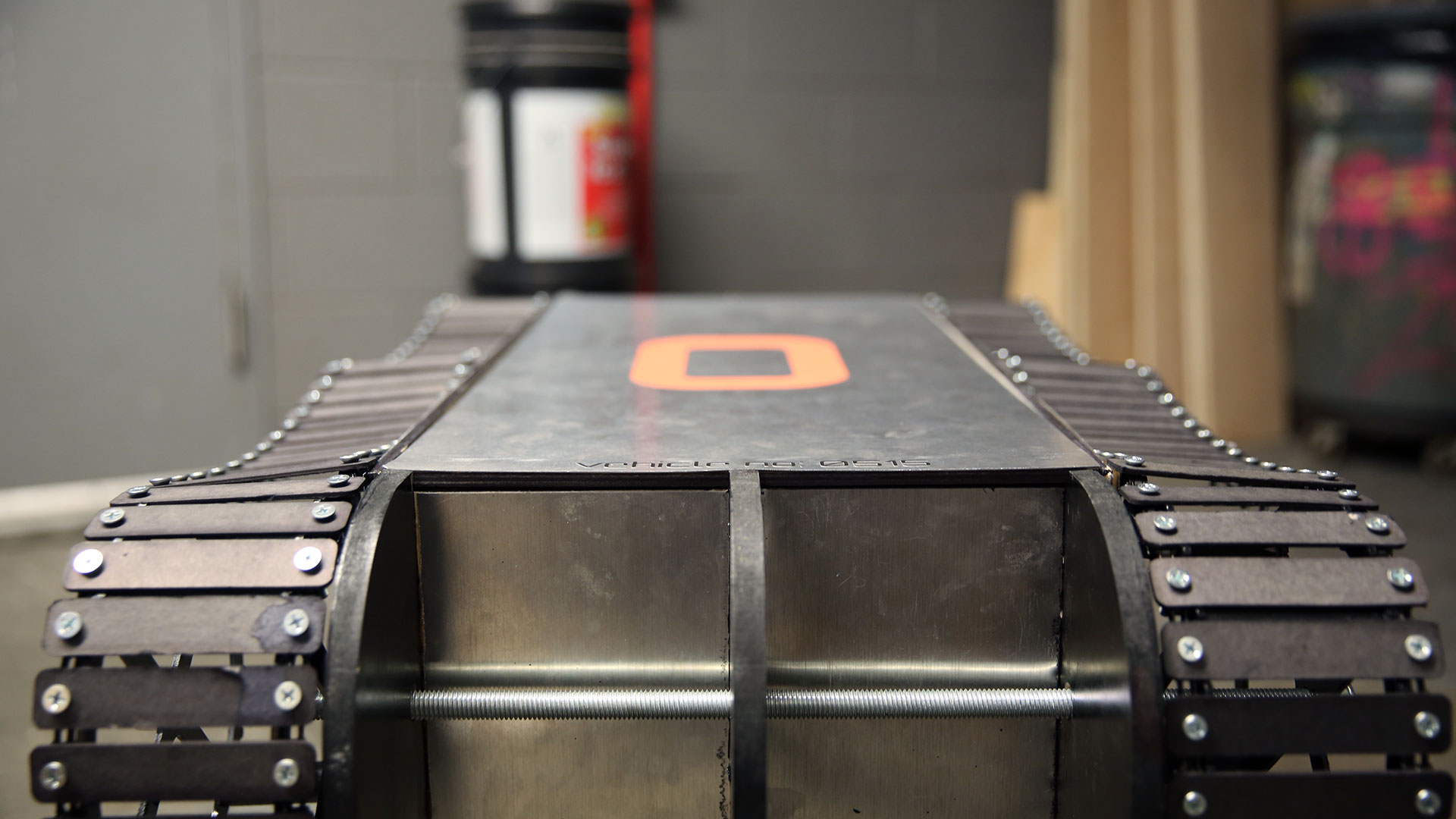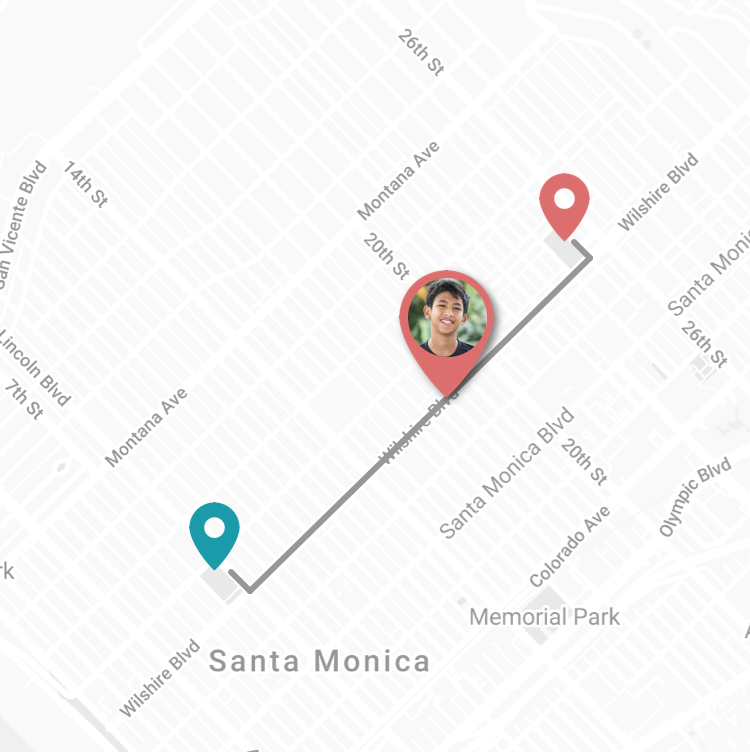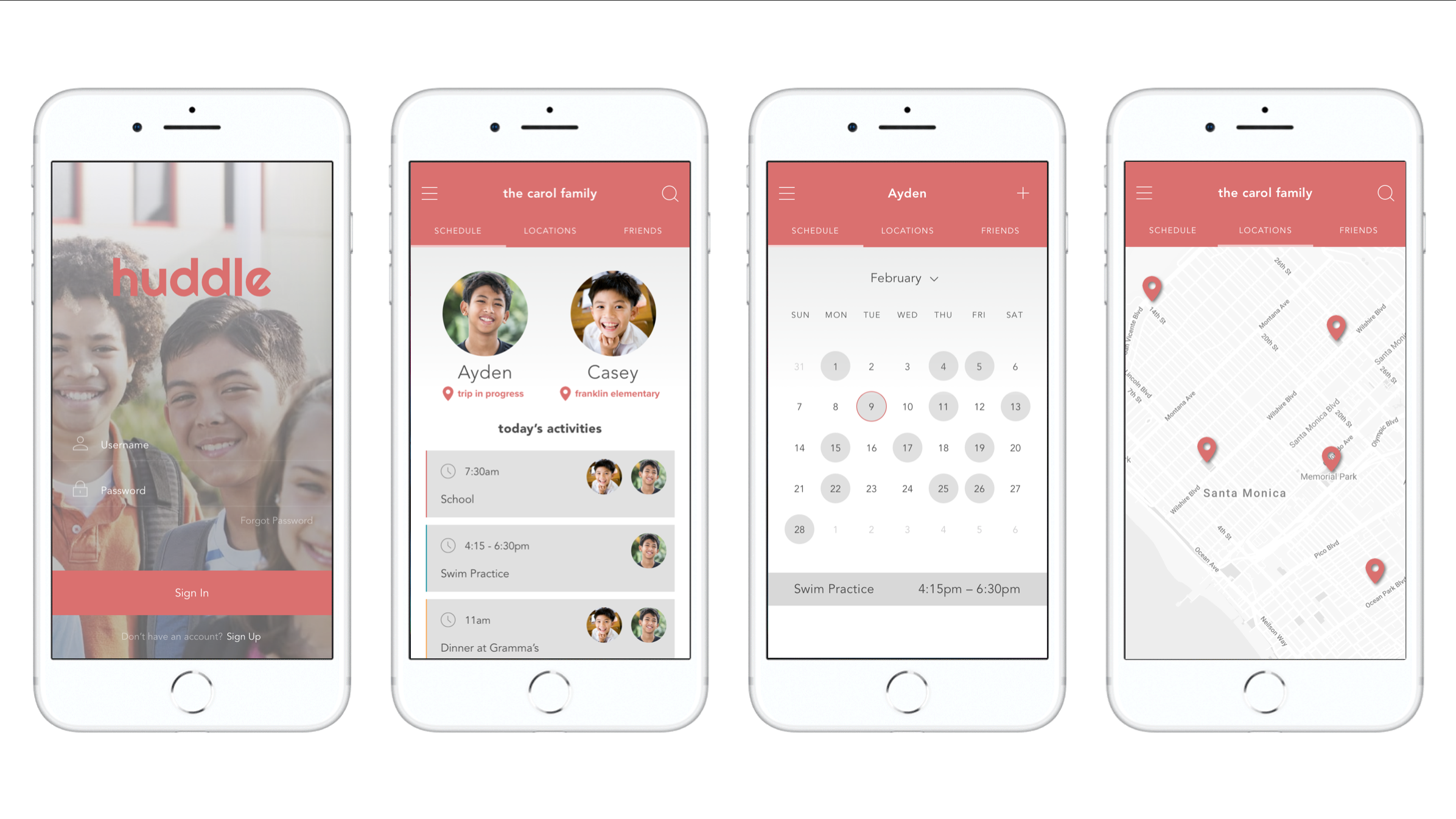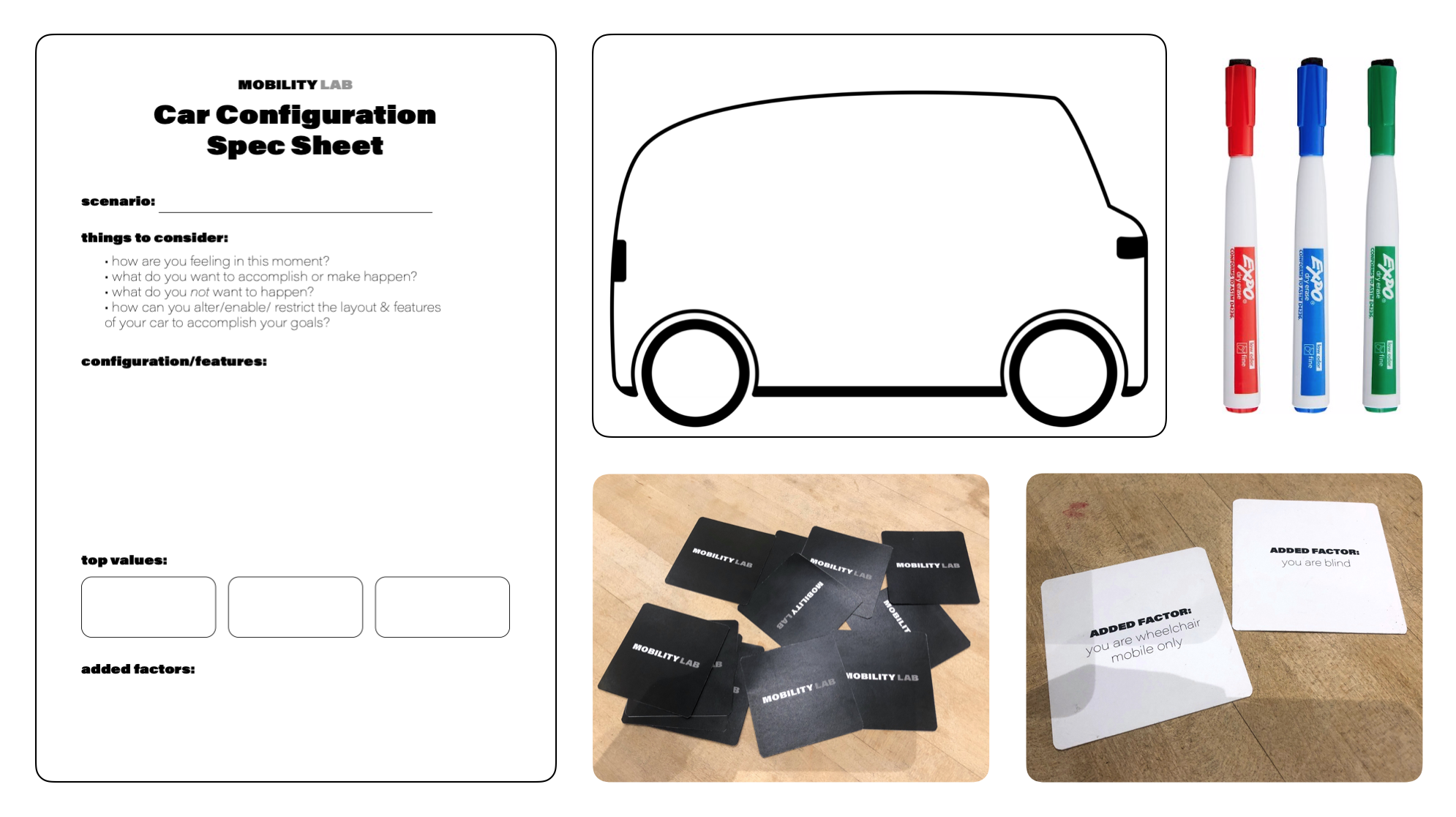DENSITY IS DESTINY: Designs for Shared Experience in the Coming Age of Autonomous Vehicles
In his thesis, Density is Destiny: Designs for Shared Experience in the Coming Age of Autonomous Vehicles, André Orta envisions a future of optimized ride-sharing, where increasing the density of passengers per vehicle not only alleviates systemic issues like traffic, but also enables new community spaces to flourish inside the driverless, shared vehicles of the near future.
The body of work encourages rider density through a variety of design lenses, including services, apps, products, and physical experiences. André’s study was guided by the question, “How might we encourage rider density in shared autonomous vehicles while creating new opportunities for positive social interactions?”
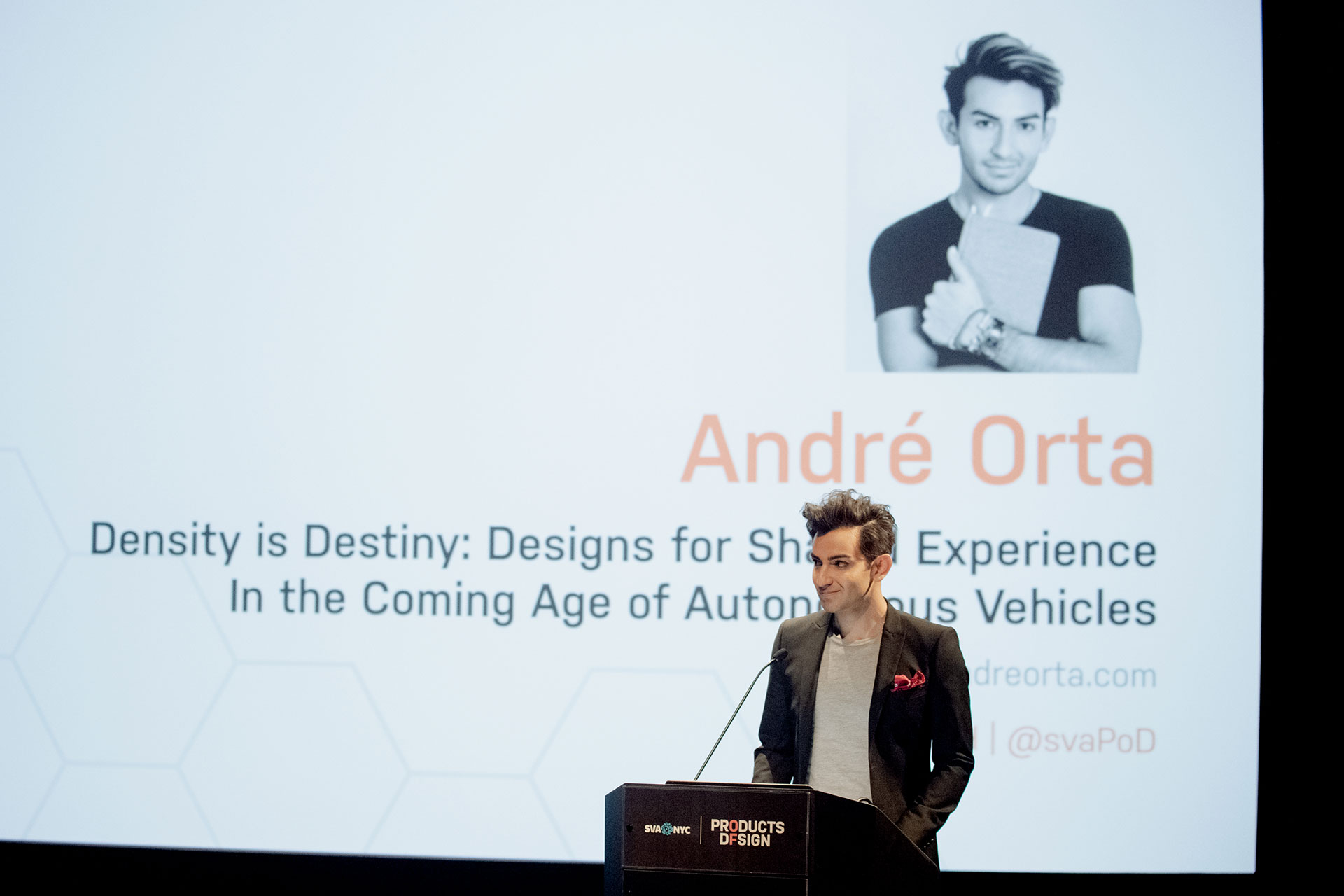
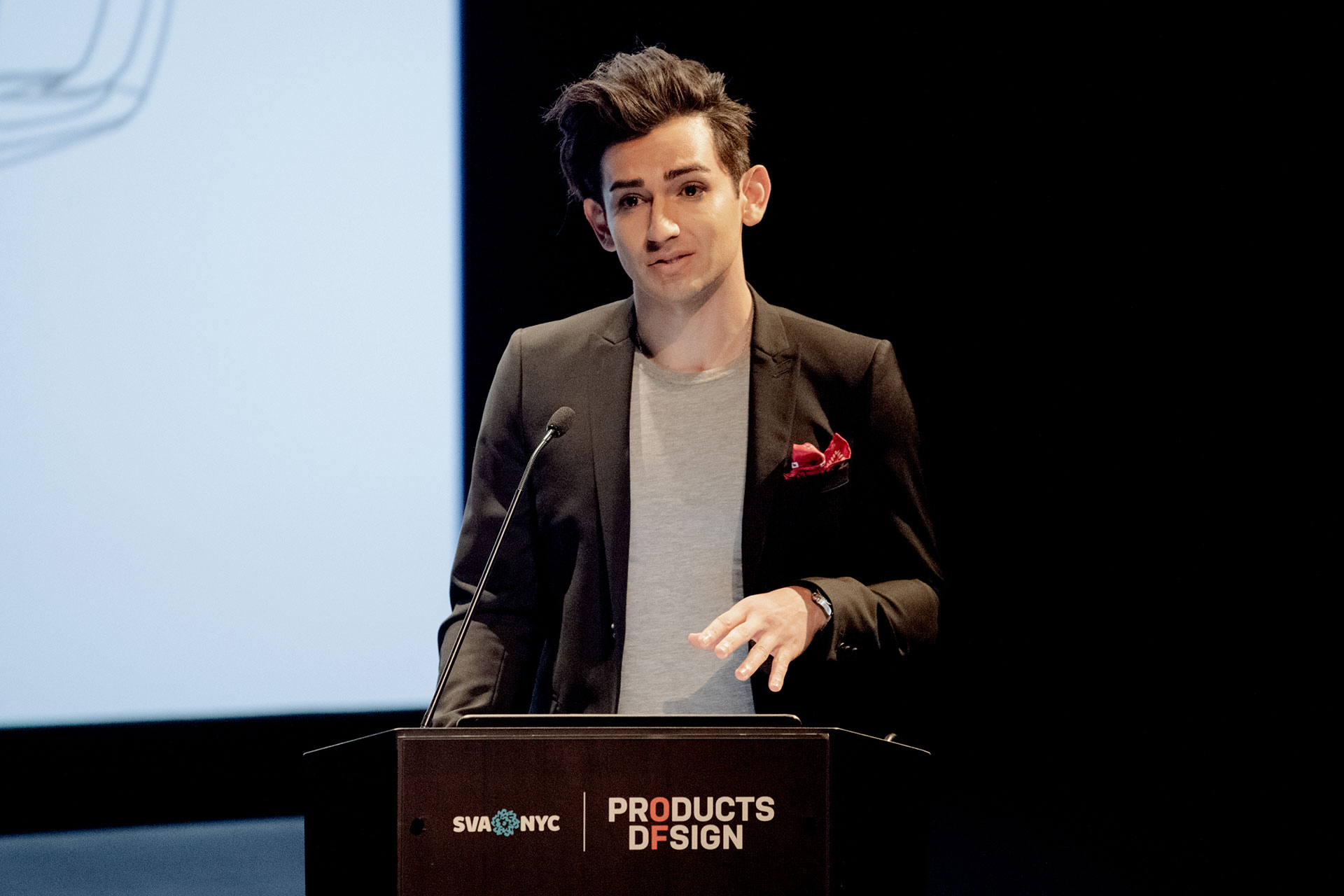
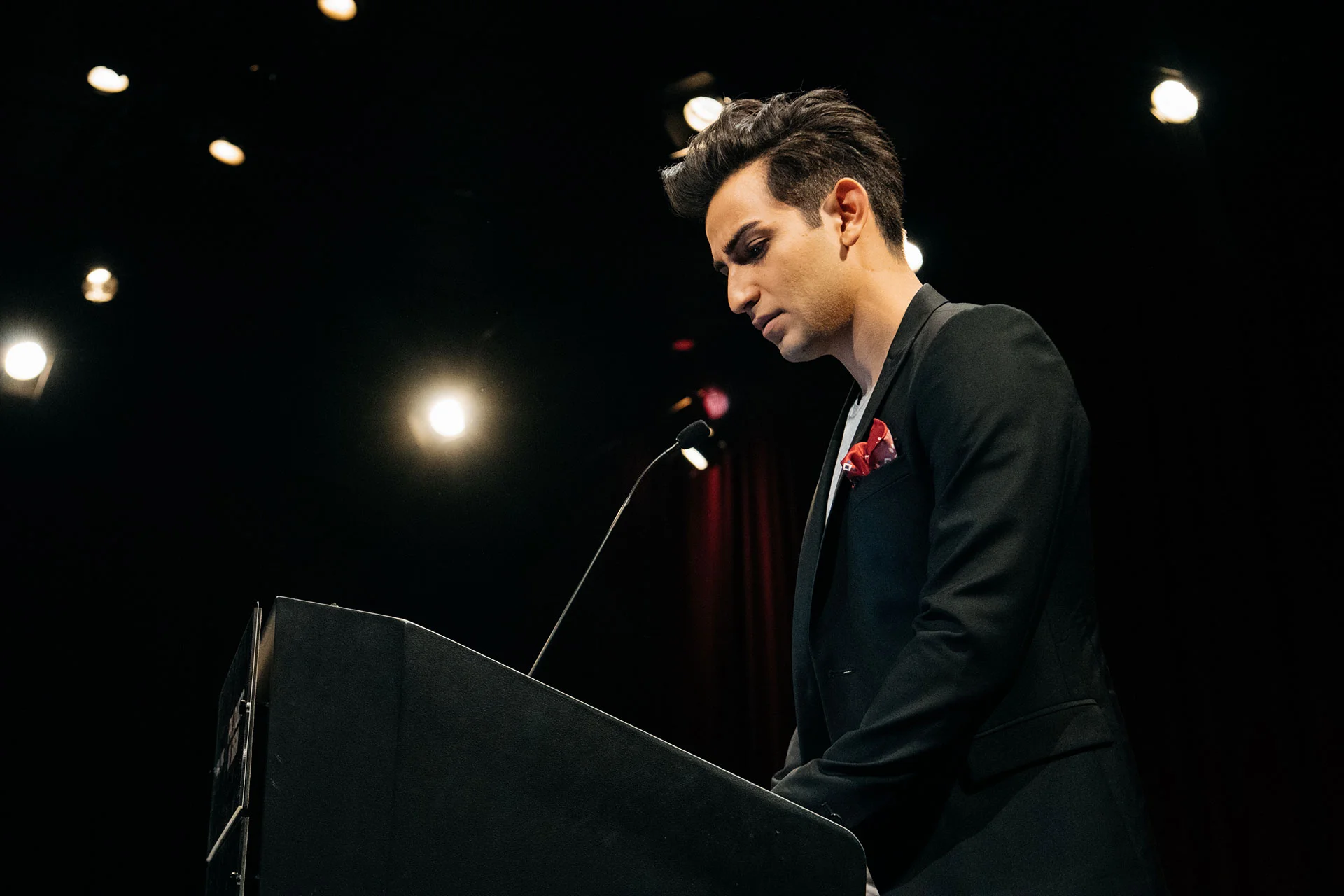
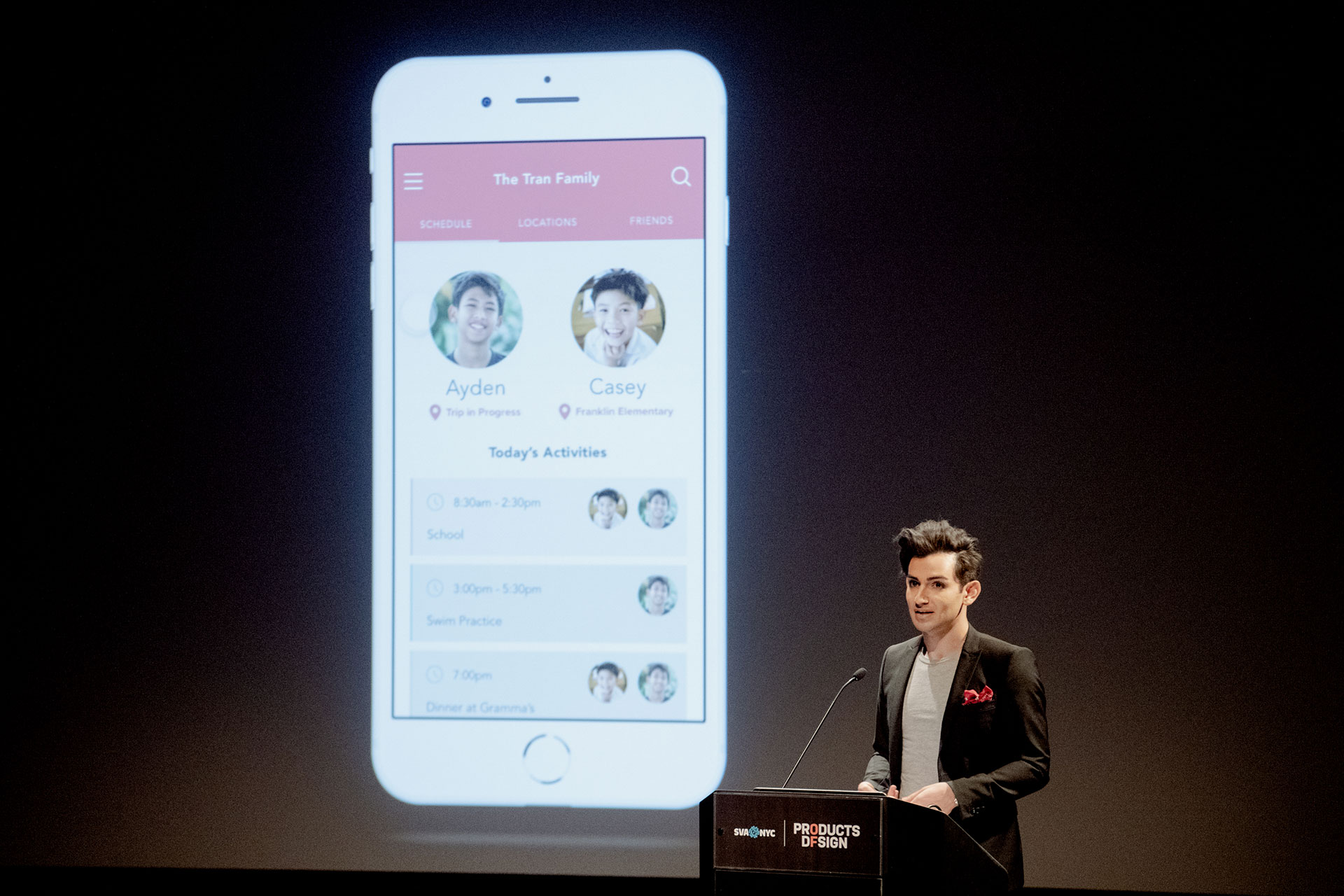
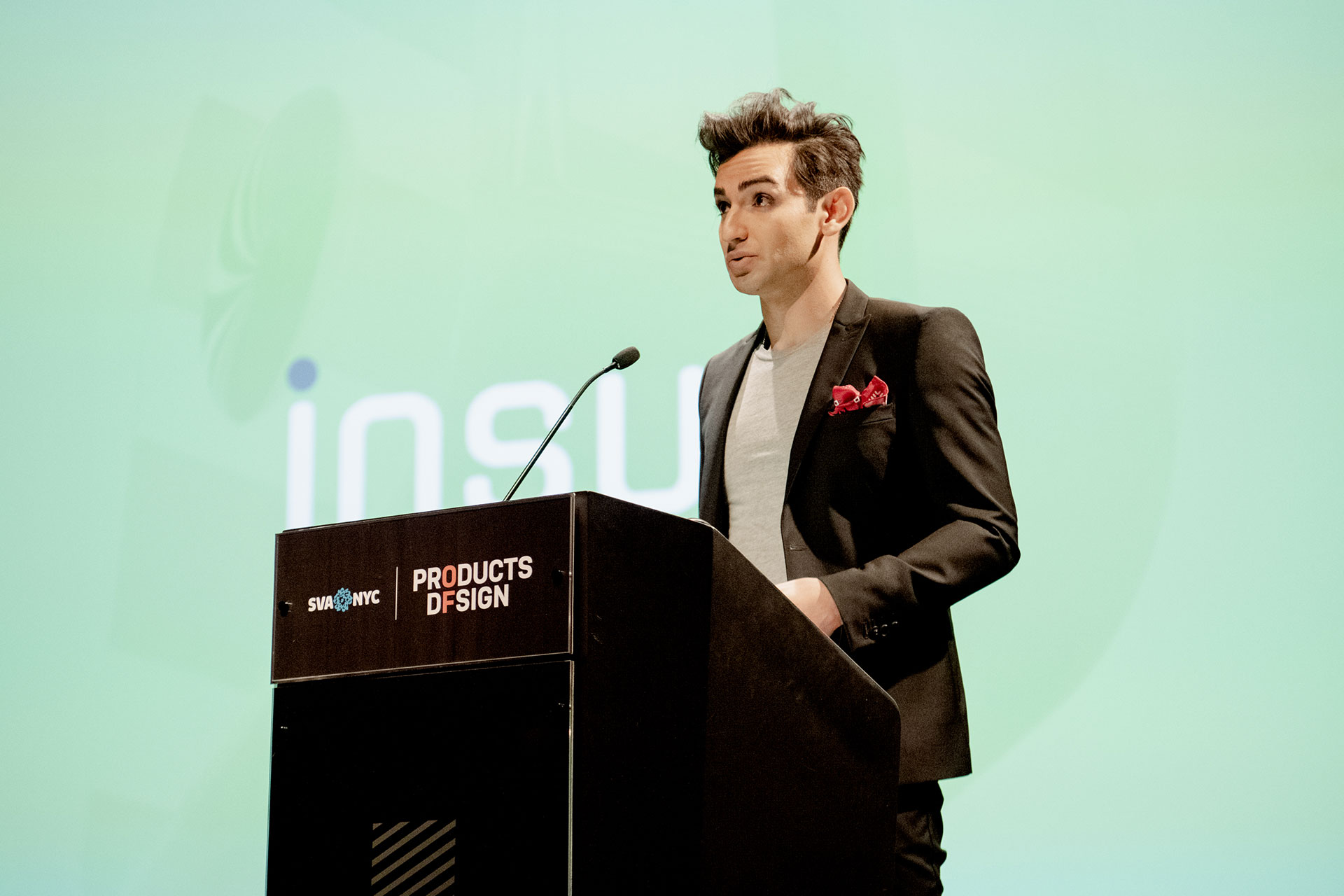

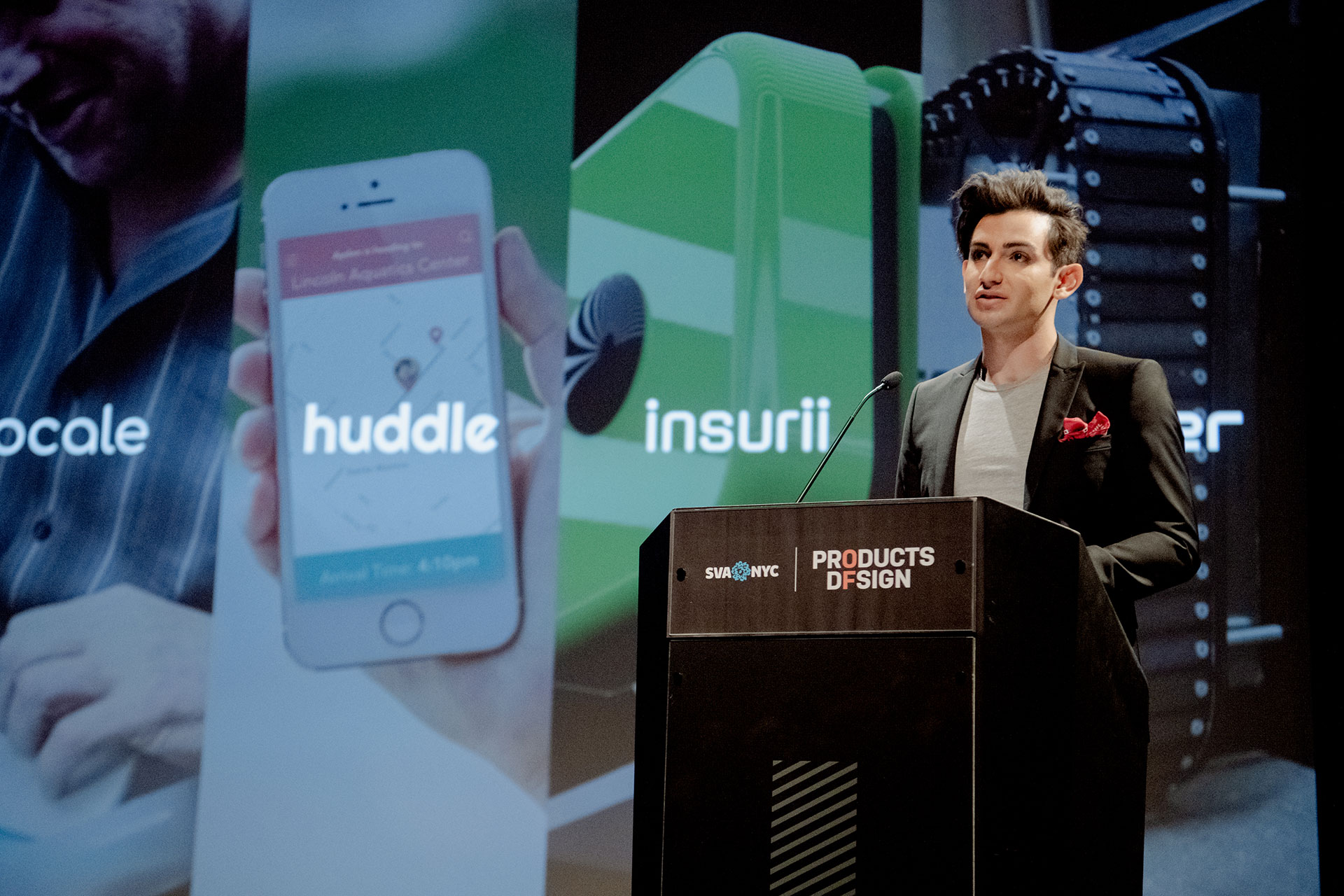
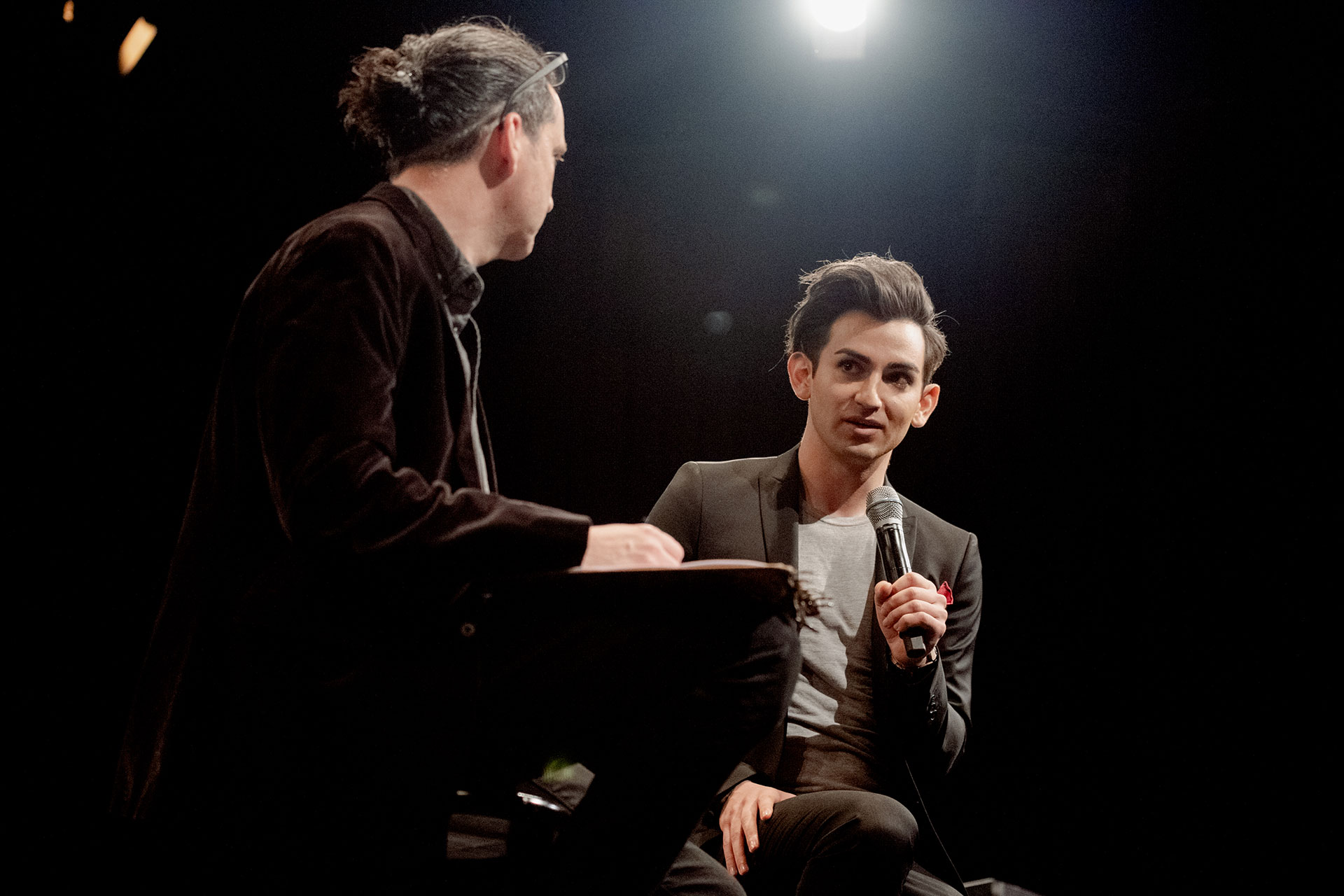

Huddle
Huddle is an autonomous ridesharing service designed specifically for schoolchildren, to meet the unsolved need for safe, reliable transit to and from after school activities. Through both a ride-sharing app as well as a fleet of purpose-built driverless vehicles, the service works by “huddling” or grouping schoolchildren together in carpools. These huddles are generated via a machine-learning algorithm that draws from the pre-uploaded schedules of each child, and matches kids based on age, gender, destination, and time.
Mobility Lab
Mobility Lab was a workshop designed to explore how passengers might reconfigure shared autonomous vehicles in an age when automobile interiors can adapt to new scenarios on the fly. Participants chose a real-world scenario, such as leaving for university, heading out on a first date, or fleeing a natural disaster, then drew features onto a laser-etched whiteboard model of a shared autonomous vehicle. Occasionally, “added factors” like blind occupants, wheelchair access, or young children were added to the mix to represent common edge cases. After vehicles were sketched out, participants ranked the top values influencing their designs, like safety, comfort, connection, and utility.
Insurii
Insurii is a multi-sensor device that dynamically adjusts the user’s insurance rates in real time, according to their mode of transit. For instance, if a user is speeding, insurance rates climb, and if they is in a low-risk area like an empty parking lot or rural area, insurance rates decline. Insurii features a 360 degree camera, an accelerometer, and cloud compatibility, as well as a wrap-around magnetic docking bezel that allows travelers to quickly mount and dismount Insurii to whichever mode of transit they are using.
Locale
Locale is a collaborative sensory experience where ride-sharing passengers use a “sensory toolkit” to alter what they see, hear, smell, and feel via changing the interior lighting, selecting different sounds, choosing scented essential oils, and altering other sensory inputs. Locale asks: what if shared vehicles were a place people wanted to spend time in? What if shared vehicles became shared communal spaces, akin to hotel lobbies or public parks? Finally, how might passengers create a desirable sense of place while inside a shared autonomous vehicle?
Porter
Porter is a luggage service provided though an app, dedicated autonomous cargo vehicles, and the Porter droid, an autonomous robot that a user inserts their luggage into. The droid then docks into a dedicated autonomous cargo vehicle, which transports Porter (and the luggage inside) to a user-specified transit hub, like an airport or train station. From there, the droid uses sensors embedded in the ground to sort itself into the appropriate vehicle (airplane or train) to reach its final destination, where the user can unlock the droid and retrieve their luggage.








